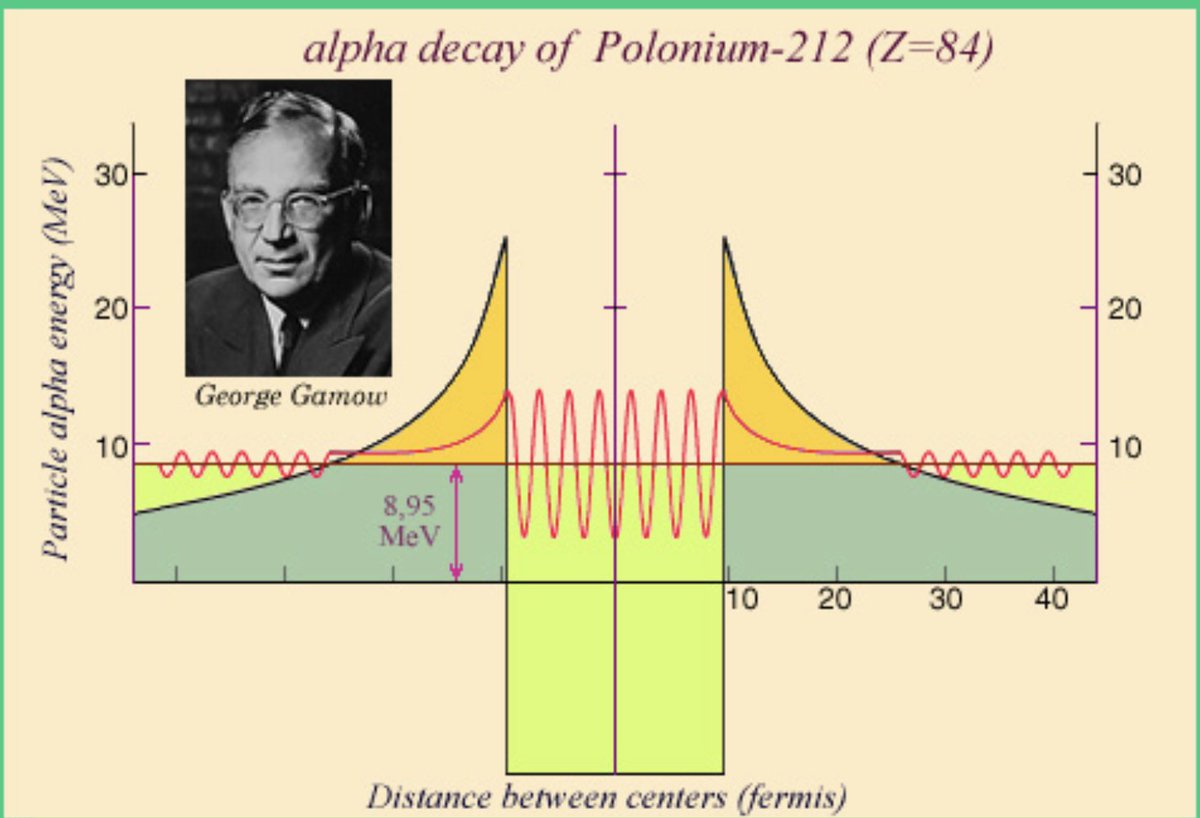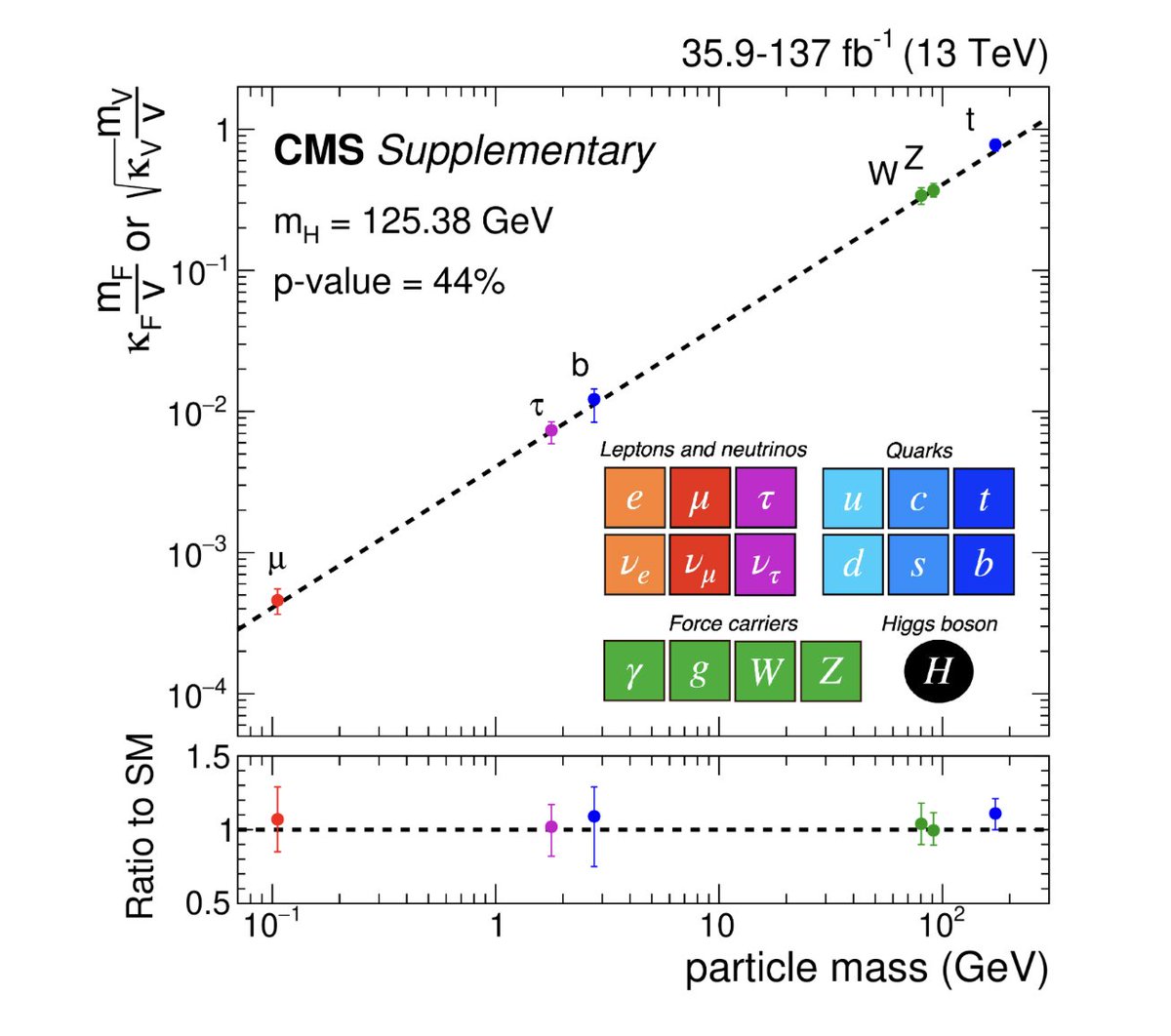The collapse of the wavefunction doesn't break causality
Consider a lottery where many people buy tickets. Before drawing the winning numbers, the probability distribution of winners is a complicated function (depending on the number of participants, tickets per person,..)
1/7
Consider a lottery where many people buy tickets. Before drawing the winning numbers, the probability distribution of winners is a complicated function (depending on the number of participants, tickets per person,..)
1/7
At the moment of drawing the winning numbers this probability distribution instantly collapses to a delta function (assuming just one winner)
2/7
2/7
Nobody is concerned about causality here, because everyone can be informed about the result only with the speed of light
In quantum mechanics, a measurement ‚collapses the wavefunction‘ just like that. At no point is there a violation of causality
3/7
In quantum mechanics, a measurement ‚collapses the wavefunction‘ just like that. At no point is there a violation of causality
3/7
For the lottery probability distribution, everyone agrees it’s not a physical object and the ‚collapse‘ only updates our knowledge. In case of the wavefunction views differ.
But the collapse has no operational effect outside the lightcone*, it is completely in agreement with special relativity
*more carefully: spacelike separated fields commute
4/7
But the collapse has no operational effect outside the lightcone*, it is completely in agreement with special relativity
*more carefully: spacelike separated fields commute
4/7
So what really is the difference? The difference is there is no fundamental, classical model underlying the wavefunction. In the case of the lottery we don't worry, because we know the probability distribution is just a way to parameterise our ignorance, there is an underlying classical microstate
5/7
5/7
In the case of quantum mechanics not only is the wavefunction not parameterising our ignorance, there cannot possibly be an underlying classical microstate
6/7
6/7
If you're coming from classical physics this makes Quantum mechanics look like a floating table cloth without a table underneath, but it really shows that a classical theory isn't the only way to construct a consistent, relativistic theory
7/7
7/7
• • •
Missing some Tweet in this thread? You can try to
force a refresh
















